Sound: 









Value: 









(Read about our ratings)
Change can be a scary thing. The great unknown and unknowable. What you’ve known might not be perfect, but something different could be worse. Then again, it might also be better. Which is a grand and over-the-top way to say that Bowers & Wilkins changed some earphones I liked. The Pi8 earphones ($399, all prices in USD) have replaced last year’s Pi7 S2 earphones. They’re different.
One of the biggest changes is a reduction in the number of drivers. The Pi7 S2s had a 9.2mm dynamic driver and a balanced armature in each earbud. The 8s instead have a single 12mm dynamic driver on each side. I adored the Pi7 S2s’ sound, and despite B&W’s promises that the sound was even better with the 8s, I was skeptical. However, there are lots of great-sounding earbuds that only use dynamic drivers, so at the very least I was curious.
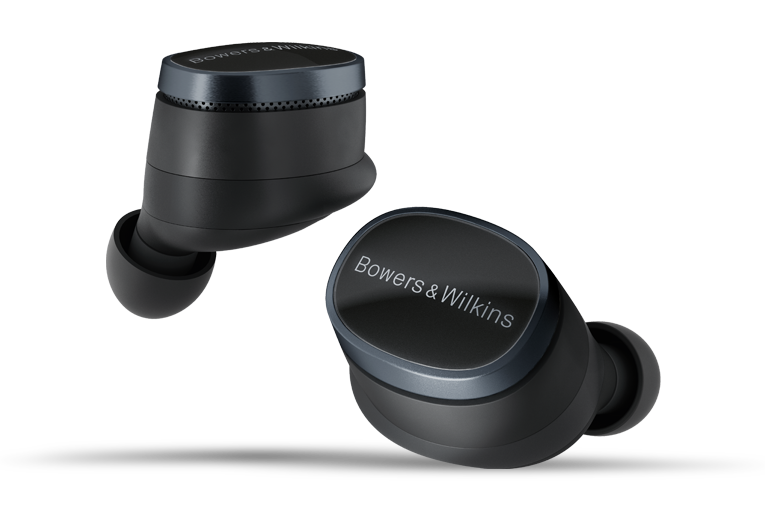
The Pi8s are also quite feature-rich, with noise canceling, multipoint capability, Bluetooth 5.4 with aptX Adaptive and Lossless, and one of my favorite tricks from the previous gen, the ability to connect the case to an analog source and transmit wirelessly to the earbuds. My review sample was Anthracite Black, but they’re also available in Midnight Blue, Dove White, and Jade Green.
In the box
For $400 earbuds, I would have hoped for a bit more in the box. There are only four sizes of silicone eartips, though it is great that there’s an extra-small option in addition to the standard small, medium, and large. A foam option would have been nice. There’s a USB-C-to-USB-C charging cable as well as a USB-C-to-3.5mm analog cable to connect the case to a source.
Use
The Pi8s paired easily enough with my Pixel 7, which is not always a given. To access the Bowers & Wilkins app, you need to create an account, a requirement I find infuriating. At least the app has a pleasant aesthetic, with a taupe-and-dark-blue/black color scheme. At the top, there’s a prominent menu for choosing the noise-canceling mode. Dig a little deeper and you’ll find a five-band EQ with a mode called True Sound, which “Overrides custom settings by setting controls to a neutral position, ensuring a balanced sound output.” You can have the earbud controls change the volume, or activate the noise-canceling mode with the left ear and activate your voice assistant with the right.
The earbuds fit better and more securely in my ears than I was expecting, given their size and shape. Their oval design has a small lip at one end that seems to help them stay in place. I thought I’d be wanting some sort of silicone wings, but they sat quite comfortably. I wouldn’t run with them, but then I wouldn’t run with most non-sport earphones. Or with sport earphones to be honest—I only run when chased.
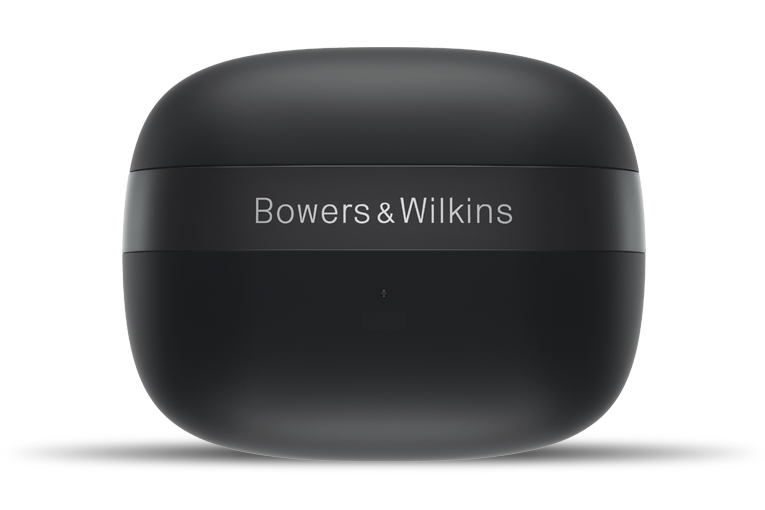
Connecting to the case is automatic if the earbuds aren’t connected elsewhere. This feature is fantastic for frequent travelers. As long as the source has an analog output, you can connect wirelessly. I did have to restart my phone to get them to play music via Bluetooth again, which was odd, since the app was able to control them.
Though the Pi8s have noise canceling, it’s quite mild. They reduce some low frequencies, but if you really want quiet, these aren’t for you. They take the edge off, so to speak, but aren’t in the same league as the NC leaders from Sony and Bose.
Sound
Bowers & Wilkins definitely has a “house” sound, and it’s very much love it or leave it. If you don’t like extra bass, B&W headphones aren’t for you. If you do like extra bass, and I usually do, they’re often great. The Pi8s are certainly no exception, with a hearty amount of bass and enough treble to keep things from sounding dull. It’s sort of like turning a receiver’s bass and treble controls up a notch or two. Not neutral, but certainly fun.
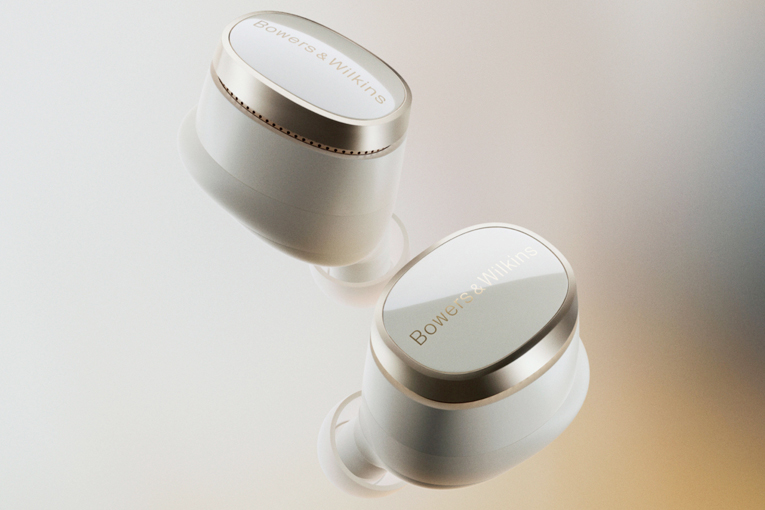
I started with one of my go-to test tracks: “Late last night” by Hans Theesink (Call Me, 16-bit/44.1kHz FLAC, Blue Groove / Qobuz). The bass drum and tuba were strongly present but didn’t quite have the definition I’ve heard with this track on some earbuds. The snare was fairly strong as well, but not overwhelming. There wasn’t as much high treble as I’ve heard on other buds, so the Pi8s didn’t sound particularly airy. I heard a touch of sibilance, but not too much.
“Ventura Highway” from America’s Homecoming (24/192 FLAC, Rhino Entertainment / Qobuz) showed off one of the Pi8 earphones’ strengths: a delightfully wide soundstage. The delicate acoustic guitar riffs seemed to be well out over my shoulders. The vocal harmonies sat dead center, and blended well with the rhythm guitars and percussion.
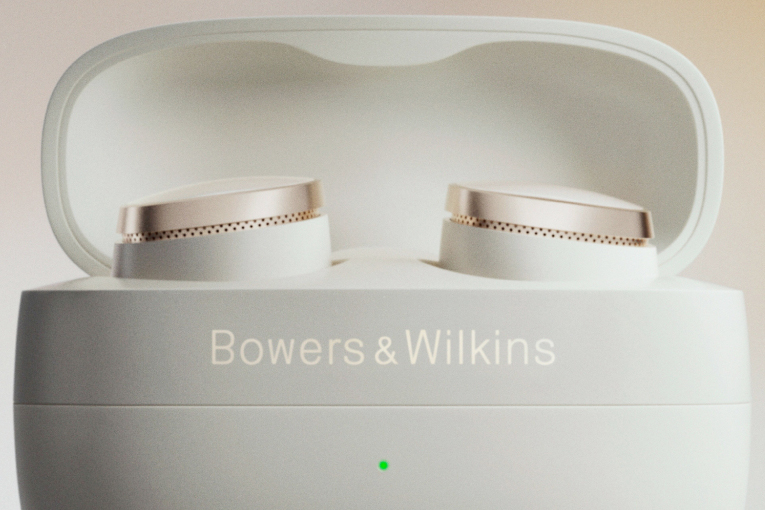
My latest new-to-me and how-did-I-miss-this find is Wax Fang’s “Majestic” (La La Land, 16/44.1 FLAC, Absolutely Kosher / Qobuz). It’s practically a straight-up rock opera. This song sounded wonderfully bombastic through the Pi8s, with the piano, soaring vocals, electric guitars, and big percussion sounds all given the requisite heft, while maintaining enough mids and treble that it never sounded muddy. In the quieter sections, the whistles and bells sounded clear and not brittle.
Comparison
It seemed only fair to compare the Pi8s to the Pi7 S2s. Broadly speaking, the biggest differences are that the 7s have smoother treble and stronger, tighter bass.
To start, I queued up “Hungersite” by Goose (Dripfield, 24/96 FLAC, No Coincidence Records / Qobuz), which sounds like Beck doing an impression of the Grateful Dead. Through the Pi8s, the guitars, vocals, and percussion all blended well together, with the cymbals being a little more noticeable over the rest. Through the Pi7 S2s the guitar strums and cymbals were smoother. The bass hits were bigger and had more definition. The 8s had more mids and upper-mids, the snare being more obvious. The 8s are great, but personally I’d reach for the 7 S2s first.
Given both ’phones’ prowess with bass, I put on Halsey’s “Without Me” (Manic, 24/44.1 FLAC, Capitol Records / Qobuz). The synth snaps and claps were sharp and immediate with the Pi7 S2s, while the bass sounded full and deep. Through the 8s, the bass wasn’t as big, while the higher-frequency synth percussion was more present and forward. The treble was clean on the 8s, but not as airy and smooth as on the 7 S2s. With “Finally // Beautiful Stranger” from the same album, the acoustic guitar sounded a bit more natural through the 7 S2s.
Conclusion
The Pi7 S2s were among my favorite earbuds from last year. In between reviews I found myself going back to them, even just for casual listening. They had a certain open delicacy that was a joy to hear. I really like the Pi8s—they’re great-sounding earbuds, but I don’t think they’re an improvement. The difference isn’t huge, and to be clear, if you like the B&W house sound, they are great. I think part of the problem is how closely the Pi7 S2s match my personal sound tastes. The fact that the Pi8s are slightly off from that is a disappointment for me. However, the 8s sound fantastic on their own, again assuming you like the B&W sound.
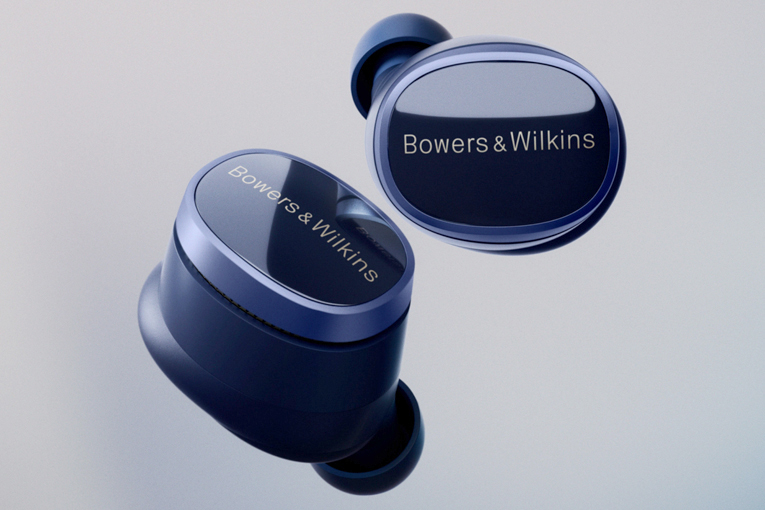
If it were my money, though, I’d be looking awfully close at the blow-out price of the Pi7 S2s ($259 as of this writing). After they sell out, which I have to assume is inevitable, the Pi8s are a worthy alternative.
. . . Geoffrey Morrison
Associated Equipment
- Smartphone: Google Pixel 7
- Portable media player: Sony NW-A306
- PC: iBuyPower Windows 10
Bowers & Wilkins Pi8 true wireless earphones
Price: $399
Warranty: Two years, parts and labor
Bowers & Wilkins
B&W Group, Ltd.
Dale Road, Worthing
West Sussex BN11 2BH
England, UK
Phone: +44 (0)1903-221-800
Bowers & Wilkins North America
5541 Fermi Ct. N.
Carlsbad, CA
92008
Phone: (800) 370-3740
Email:
Website: www.bowers-wilkins.com





